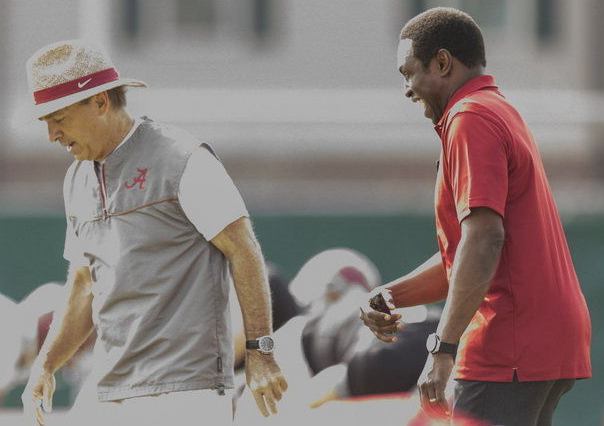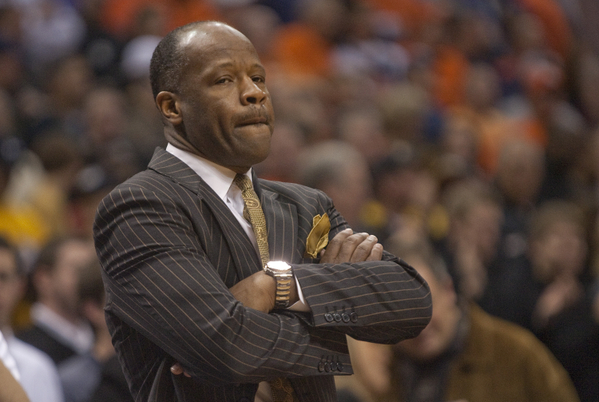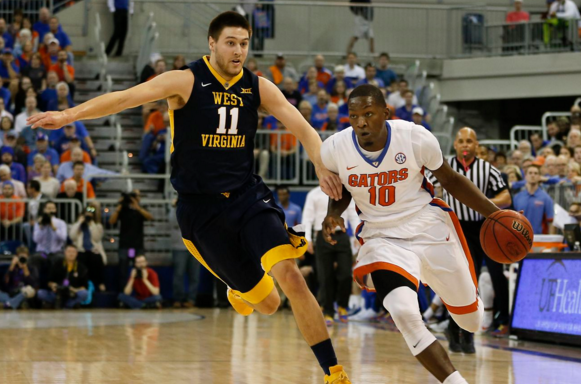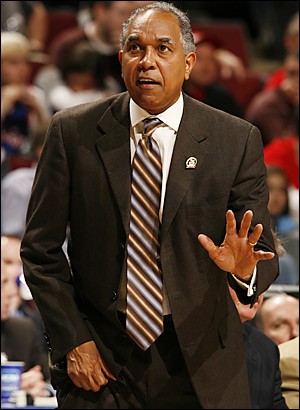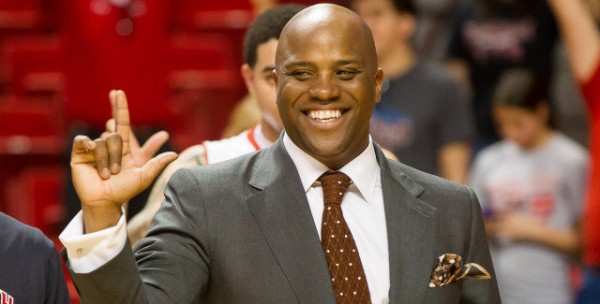Posted by dnspewak on August 6th, 2012
In an effort to remind you that college basketball does in fact exist during the summer, Big 12 microsite writer Danny Spewak (@dspewak) will roll out three summer updates per week during the next month. The goal is to compile every bit of news and information from the summer months for each team and package it into neat, easy-to-read capsules for your convenience. Next on the list — Texas Tech.
2011-12 record: 8-23, 1-17
Billy Gillispie knew he had a major reclamation project on his hands at Texas Tech when he took over prior to the 2011-12 season. The program, which has always traditionally lagged behind the rest of the Big 12 in attendance and overall support, had slowly faded from a perennial NCAA Tournament team under Bob Knight to a cellar-dwellar under Pat Knight in just a few seasons. So when Gillispie landed in Lubbock after Knight’s firing and brought in a boatload of junior college transfers and freshmen, it was no surprise his team finished with eight victories and showed almost no signs of life in his first season. Apparently, that did not sit well with half the team, since six players decided to transfer during the offseason. Gillispie had originally oversigned with his 2012 recruiting class, so it’s not certain what exactly transpired this spring, but it wasn’t strong publicity for Gillispie. Before you accuse him of losing control of his program, though, look at the actual defections that occurred. He’s not losing his entire team by any means. Only one starter (Javarez Willis) transferred. That’s not good, obviously. But the others? As harsh as it sounds, they’re replaceable. And the fact is, Gillispie’s best player and leading scorer returns for his sophomore year in Jordan Tolbert, and he inked eight — yes, eight — newcomers, a class with decent potential on paper. There are still roster questions and other potential defections to worry about this summer, so much that the team hasn’t even officially published its roster online yet. But minus Billy G’s tumultuous tenure at Kentucky, the rest of his track record affords him the benefit of the doubt at Texas Tech. It might not be all that pretty in 2012-13, but the rebuilding process has entered its critical first steps here. Now, we just need to figure out who’ll actually play on the team next year.
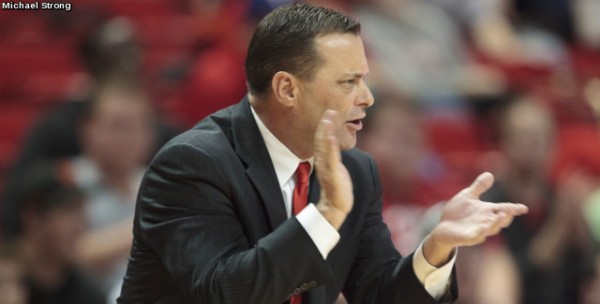
Billy Gillispie’s Program Can’t Go Anywhere But Up
Summer Orientation: As much potential as this Class of 2012 may have, it already lost one member when juco forward Rodrigo Silva left the team this summer to pursue a pro career in Brazil. It’s important to note that the move isn’t yet official, but the word around Texas Tech circles is Silva’s father is ill, and his family has serious financial needs. Understandable. On the court, it’s difficult to lose a 6’10” forward with the largest frame of any recruit in the class, and he’s not the only one who might not make it back to Texas Tech. Fellow forward Wannah Bail, one of the most highly-touted freshman in this bunch, had problems in the classroom this summer and had to temporarily go home. Gillispie said he expects to see him on campus for the fall semester, but this situation poses a serious problem for everybody involved. Bail, a 6’8” tweener and a top-150 prospect, needs to add considerable strength but has the athleticism and defensive potential to log a lot of minutes in his first season– if he plays. That’s why this is such an important development for Gillispie right now. He played high school ball with Michael Carey, who also committed to Tech in February but may not qualify. To be quite frank with you, we’ve attempted to look into Carey’s status for the 2012-13 season, but it appears completely unknown at this point. We know he signed, and we know there’s questions about his eligibility, but that’s all we know. Again, that’s a trend this summer. Who in the heck will really play for this team this season? Here’s another example: Blake Nash, who did officially transfer to Texas Tech but may or may not play in 2012-13. The former South Florida guard wants a hardship waiver after logging decent minutes as a backup during USF’s NCAA Tournament run in March. If he’s eligible, he’ll likely find his way into the rotation in some capacity for Gillispie in his first season and will help stiffen that point guard battle in off-season and fall practice even more.
Read the rest of this entry »
| big 12, microsites
| Tagged: aaron ross, billy gillispie, daylen robinson, dusty hannahs, jamal williams, jaye crockett, Jordan Tolbert, josh gray, kader tapsoba, robert lewandowski, trency jackson, ty nurse, Wannah Bail
Share this story






























